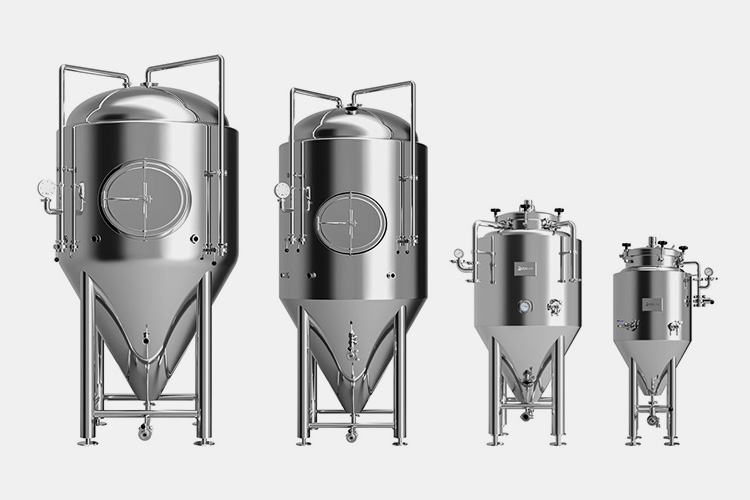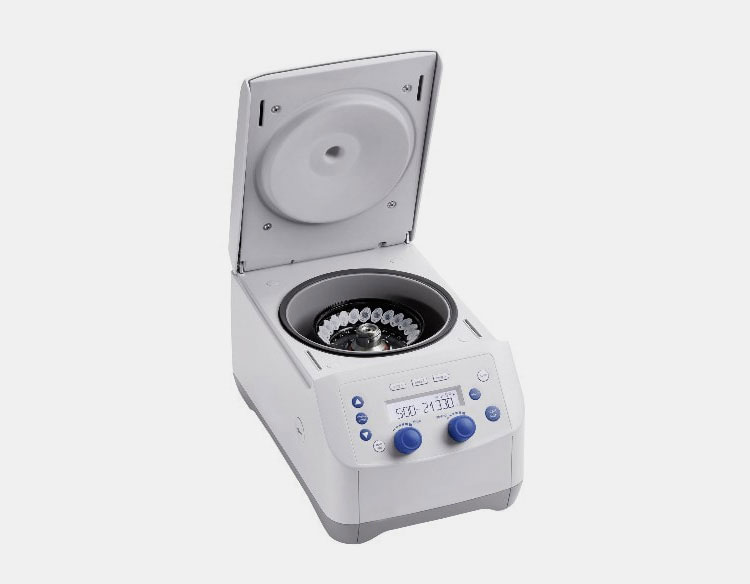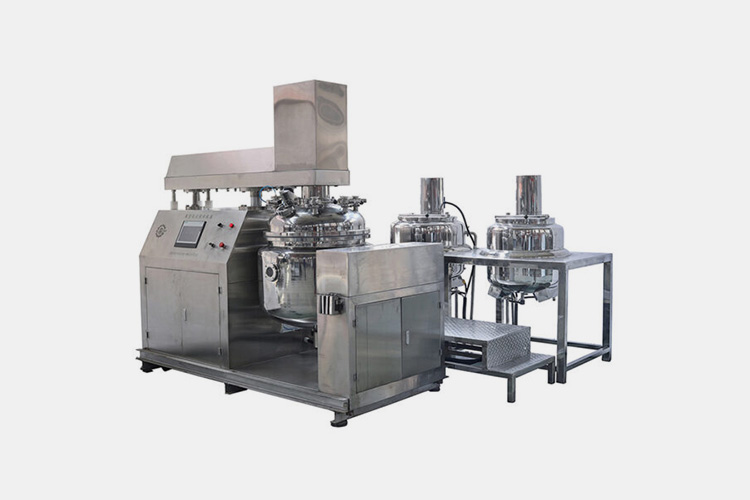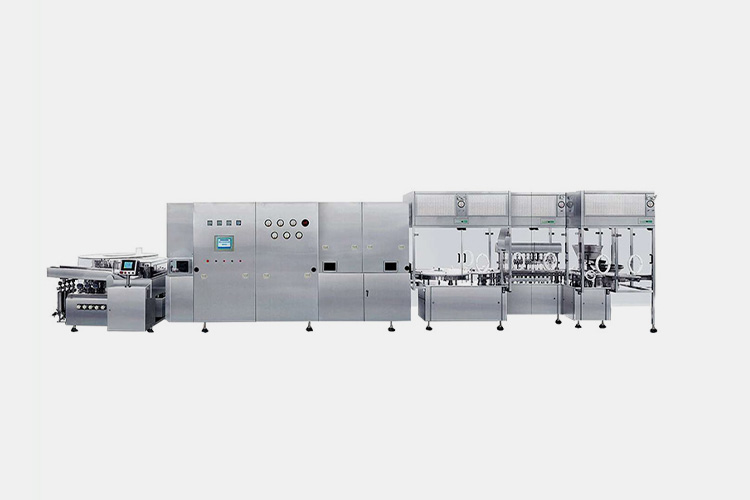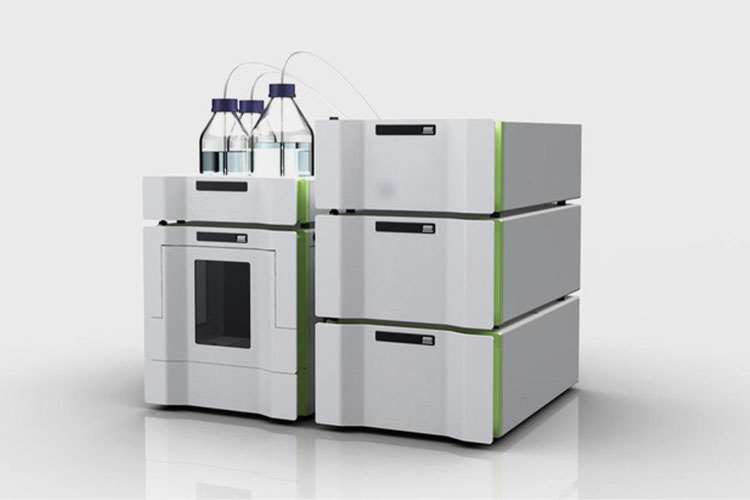Antibiotic Injection For Cats: The Complete FAQ Guide In 2025
With the improvement of people’s living standards, more and more people are raising cats and dogs as companions in their daily lives. In the busy, high-pressure, and often lonely state of life, more and more young people choose to keep cats to seek spiritual comfort.
But for the health of both humans and animals, it is necessary to inject some antibiotics. Do you know which antibiotics cats need to be injected with? Do you know the benefits of these antibiotic injections?
Well, let’s learn about the complete FAQ guide about antibiotic injection for cats.
1.What Is the Definition of Antibiotic Injection for Cats?
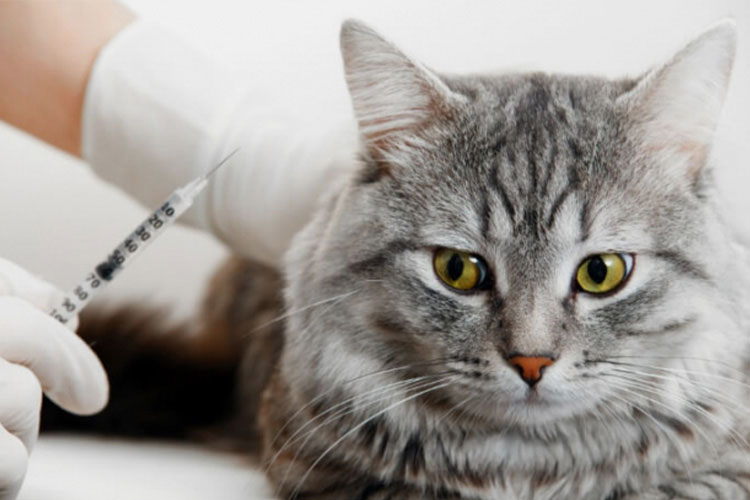
Antibiotic Injection for Cats - Sourced: Cats.com
Antibiotic injection for cats are mainly used for anti-inflammatory purposes in the body. When cats are infected, antibiotic treatment becomes particularly important. The commonly used antibiotics are oral and injectable, with antibiotic injection being administered subcutaneously or intramuscularly. The diseases treated with different types of antibiotics vary.
2.What Are the Common Uses for Antibiotic Injection for Cats?
Antibiotic injection for cats are mainly used to combat bacterial infections that can occur in any part of a cat’s body, including the skin, mouth, eyes, ears, urinary tract, lungs, and other organs.
Skin infection
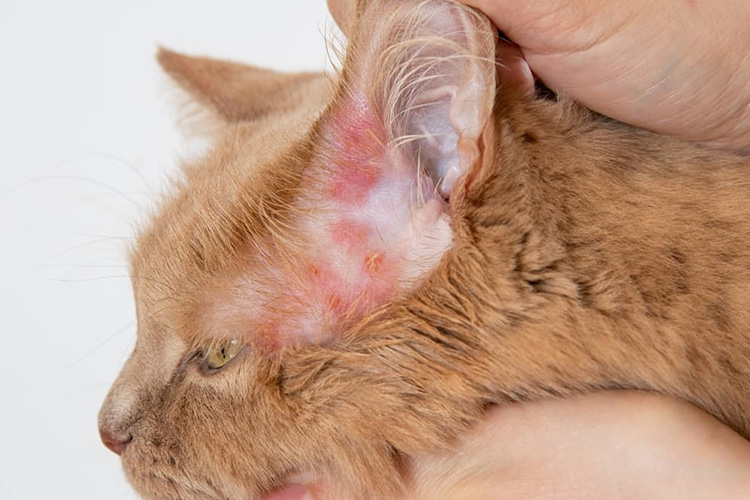
Skin Infection - Sourced: Great Pet Care
Cats are prone to bacterial infections caused by skin scratches or friction due to their lively and active nature. After veterinary diagnosis, oxytetracycline can be used to treat superficial skin infections caused by sensitive bacteria, helping to reduce inflammation and promote healing.
Respiratory tract infection
For bacterial pneumonia, bronchitis, etc., oxytetracycline can alleviate symptoms to a certain extent, but it should be noted that for respiratory problems caused by viral infections (such as canine distemper), oxytetracycline is powerless.
Intestinal infection
For diarrhea caused by sensitive bacteria such as Escherichia coli and Salmonella, oxytetracycline can effectively control the infection, but the prerequisite is to exclude other causes such as parasites and viruses.
Urinary tract infection
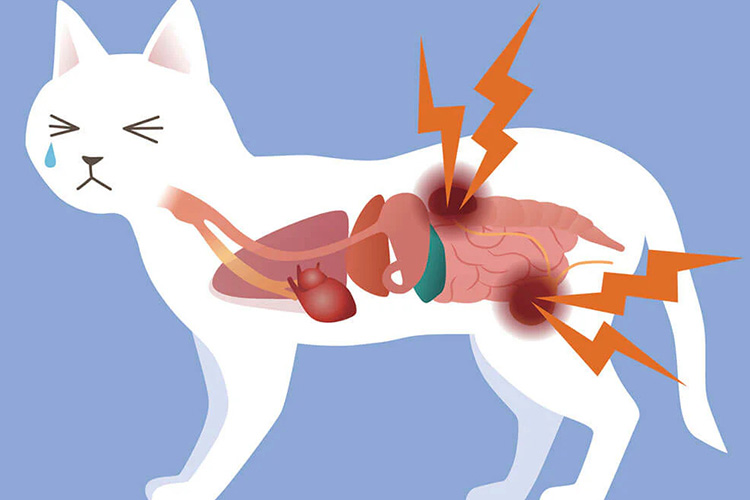
Urinary Tract Infection - Sourced: Petz Park
Urinary tract infections in cats can also be caused by bacterial infections. Oxytetracycline may have a place in the treatment plan, but dosage and course of treatment should be followed to avoid resistance issues.
3.What Are the Main Types of Antibiotic Injection for Cats?
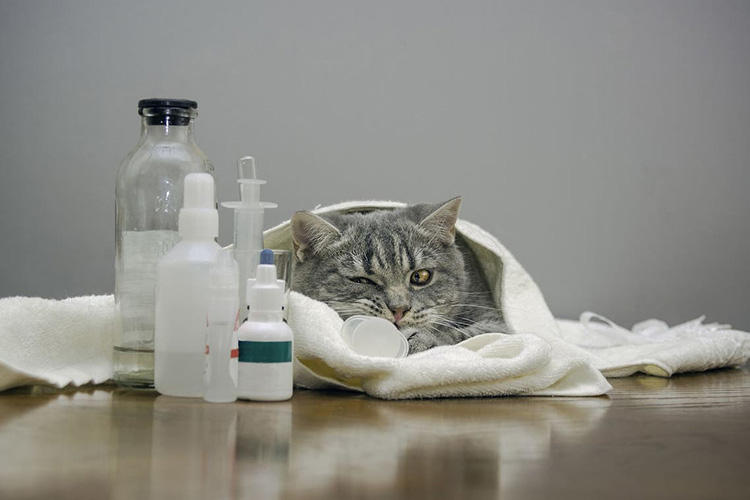
Main Types of Antibiotic Injection for Cats - Sourced: PetPlace.com
Different antibiotic injections can be used for different conditions of cats. The antibiotic injections used by cats can be mainly divided into four categories:
| β-lactams | It includes penicillins and cephalosporins, these antibiotics are widely used in the treatment of bacterial infections. |
| Macrolides | For example, trimethoprim and tylosin have strong antibacterial effects on certain bacteria. |
| Aminoglycosides | Drugs such as gentamicin and spectinomycin are commonly used to treat Gram negative bacterial infections. |
| Tetracyclines | It contains tetracycline and doxycycline, which have antibacterial effects on various bacteria. |
4.What Are the Manufacturing Process of Antibiotic Injection for Cats?
Antibiotic injections can treat many diseases in cats. Do you know their production process?
Step 1: Bacterial culture
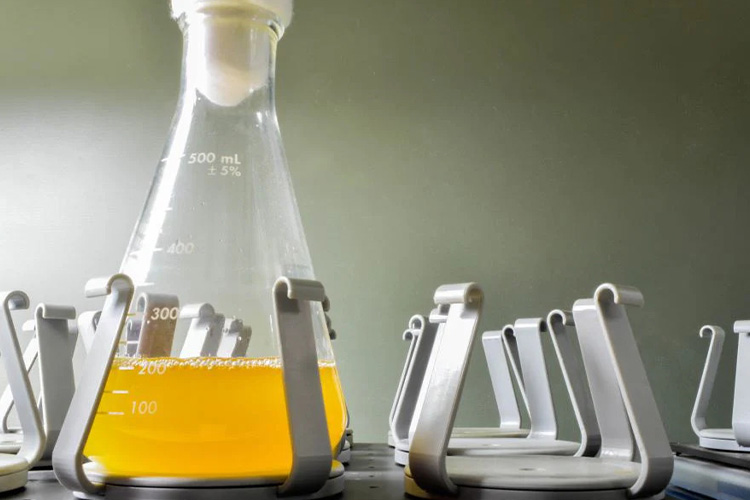
Bacterial Culture - Sourced: Zymo Research
Microorganisms that can produce antibiotic injection for cats are obtained from natural soil and other sources, and after isolation, breeding, and purification, they are called bacterial strains. Bacterial cultivation is the process of transferring spores or bacterial cells cultured on solid media into liquid media for cultivation, allowing them to reproduce into a large number of mycelia.
Step 2: Fermentation
Fermentation is to make microorganisms secrete a large amount of antibiotics. The entire fermentation process requires attention to preventing bacterial contamination, nutrient supply pH, temperature, precursor, aeration stirring control foam, fermentation endpoint judgment.
Step 3: Extraction and refinement
The main extraction methods are adsorption, precipitation, solvent extraction, and ion exchange. Refining is mainly the process of further refining and producing products, mainly using methods such as crystallization, recrystallization, crystal washing, evaporation concentration, sterile filtration, and drying.
Step 4: Mixing
Mixing and dissolving the raw materials in a certain proportion according to the required drug formula. During this process, it is necessary to add appropriate excipients such as fillers and stabilizers to improve the stability and bioavailability of the drug, in order to obtain the desired drug mixture.
Step 5: Filtering
Passing the antibiotic mixture through a filter to remove impurities, solid particles, and microorganisms to ensure the purity and sterility of the product.
Step 6: Sterilization
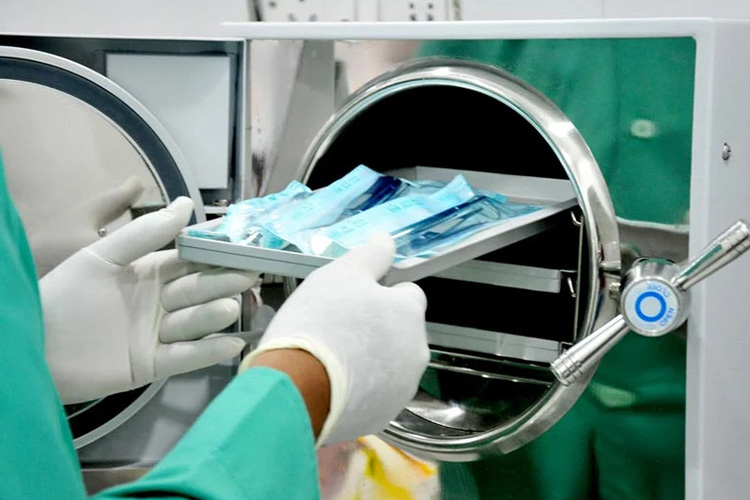
Sterilization - Sourced: PureWay Compliance
Adopting appropriate sterilization methods (such as high-temperature and high-pressure sterilization or filtration sterilization) to sterilize the filtered and purified antibiotic mixture to ensure the sterility of the product.
Step 7: Filling
The sealing of injection solution involves filling and sealing the filtrate that has passed the inspection. The sealing operation in industrial production is completed on the fully automatic vial filling line. Transferring the vial to the track, and the liquid infusion is completed by the infusion needle. During the filling process, the vial is inflated and sealed, and then the product is sent out from the track.
Step 8: Quality control
By conducting multiple tests on raw materials, intermediates, and finished antibiotic injection for cats, such as purity, potency, impurities, etc., the safety and effectiveness of the product are ensured.
Step 9: Packing
Antibiotic injections that have undergone qualified testing will be packaged into product forms suitable for market sales, such as boxed packaging.
Step 10: Distribution
According to the demand, the prepared antibiotics should be sent to pet hospitals or clinics, and strict attention should be paid to the delivery conditions, maintaining a certain temperature, and avoiding product problems.
5.What Machines Should Be Used in the Manufacturing of Antibiotic Injection for Cats?
Understanding machines can lead to a better understanding of the production of antibiotic injections. Do you know what machines are needed for the production of antibiotic injection for cats?
| Machine | Description |
| Fermentation tank
Fermentation Tank - Sourced: USA Lab |
The basic structure of a fermentation tank usually consists of several components: the tank body, heating system, cooling system, pressure control system, sensors and control system, stirring system, and inlet and outlet ports. |
| Centrifuge
Centrifuge - Sourced: Pipette |
Centrifuge is an important experimental equipment for separating impurities, extracting samples, and concentrating biomolecules, which can be used for bacterial culture and protein extraction. |
| Vacuum emulsifying mixer
Vacuum Emulsifying Mixer |
The vacuum emulsifying mixer compresses, extends, impacts, and crushes liquid materials through high-pressure devices, and its working principle mainly relies on cavitation and turbulence effects. This type of homogenizer is reasonably priced and suitable for processing flexible and semi flexible granular materials. |
| Precision filter
Precision Filter - Sourced: Brother Filtration |
Precision filters have multiple excellent performances and can filter out impurities in mixed liquids. Its filtration accuracy is extremely high, the filter aperture is uniform, and it can effectively remove small particle impurities. It can even intercept particles of 0.01 μ m and above 100%, while controlling the oil mist concentration below 0.01ppm/wt. |
| Antibiotic injection filling line
Antibiotic Injection Filling Line |
The antibiotic injection filling machine is a key equipment on the injection production line, used to accurately fill antibiotics into penicillin bottles. The antibiotic injection filling line usually consists of multiple single machines, including ultrasonic vial washing machine, sterilization drying machine (hot air circulation oven), filling and capping machine, etc. To ensure the safety and hygiene standards of antibiotics, injection filling machines are usually equipped with automatic cleaning and disinfection systems. |
| Pharmaceutical autoclave
Pharmaceutical Autoclave |
The working principle of pharmaceutical autoclave is mainly based on dry heat sterilization technology. In high temperature environments, microbial proteins undergo denaturation, resulting in loss of activity and reproductive ability. The autoclave raises the temperature inside the sterilization chamber to a certain level through heating elements and maintains it for a period of time to ensure that the microorganisms inside the vial are completely killed. |
| HPLC (High-Performance Liquid Chromatography)
High-Performance Liquid Chromatography - Sourced: KWIPPED.com |
HPLC is a commonly used analytical method that can accurately detect and quantify antibiotic residues in samples. By passing the sample through a chromatographic column, different antibiotics will be eluted at different times for detection. |
| Labeling machine
Labeling Machine |
The labeling process of a labeling machine includes multiple steps such as picking up labels, feeding labels, container transportation, positioning, labeling, covering labels, and rolling labels Adopting PLC panel touch screen control, user-friendly settings, complete functions, and simple operation. |
| Cartoning machine
Cartoning Machine |
The design of the cartoning machine complies with Good Manufacturing Practice (GMP) to ensure the hygiene and safety of drug packaging. Antibiotic injection enters the packaging machine through a conveyor belt or vibrating disc. The cardboard box is taken out of the cardboard box warehouse and automatically formed. The antibiotic injection is automatically pushed into the formed paper box. The carton automatically seals and completes the packaging process. |
6.What Are the Side Effects of Antibiotic Injection for Cats?
Improper or excessive use of antibiotic injections for cats may bring potential harm. Here are some common questions:
Antibiotic resistance
If antibiotics are used improperly (such as insufficient dosage, short course of treatment, or frequent use), it may lead to bacteria developing resistance to antibiotics. This means that in the future, more potent antibiotics will be needed to treat infections, which may even lead to certain infections being incurable.
Imbalance of gut microbiota

Imbalance of Gut Microbiota - Sourced: Gastosic.vn
Antibiotics not only kill harmful bacteria, but also disrupt the beneficial flora in cats' intestines, leading to digestive system disorders. This may cause symptoms such as diarrhea, vomiting, or loss of appetite.
Allergic reaction
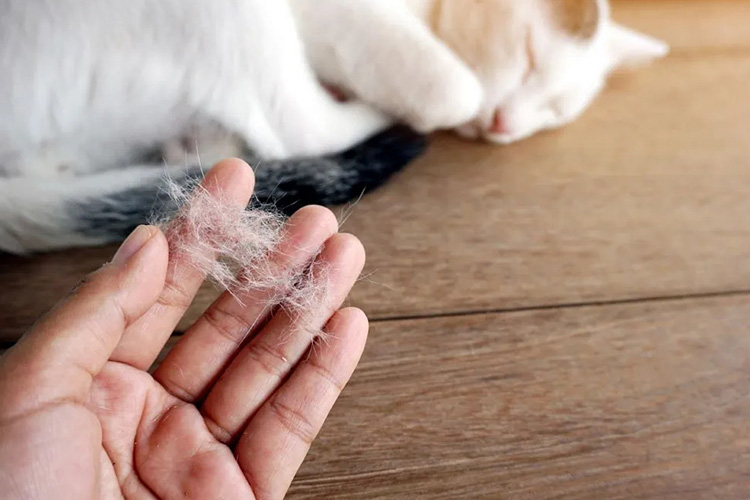
Allergic Reaction - Sourced: Cat Care Hospital
Some cats may be allergic to certain antibiotics, causing allergic reactions such as rash, itching, facial swelling, or difficulty breathing. In severe cases, it may endanger life.
Damage to liver and kidney function
Long term or excessive use of antibiotics may cause a burden on the liver and kidneys of cats, especially those who already have liver and kidney diseases.
7.How To Give Antibiotic Injection for Cats?
Some feline diseases require regular injections of medication for treatment. The use of injectable drugs will be more helpful for the treatment of diseases and enable cats to achieve more lasting health. Do you know how to give antibiotic injection for cats? Let’s learn the steps.
Step 1: Cleaning the surface of the antibiotic vial with an alcohol containing cotton ball.
Step 2: Inserting the needle and syringe into the rubber top of the antibiotic vial.
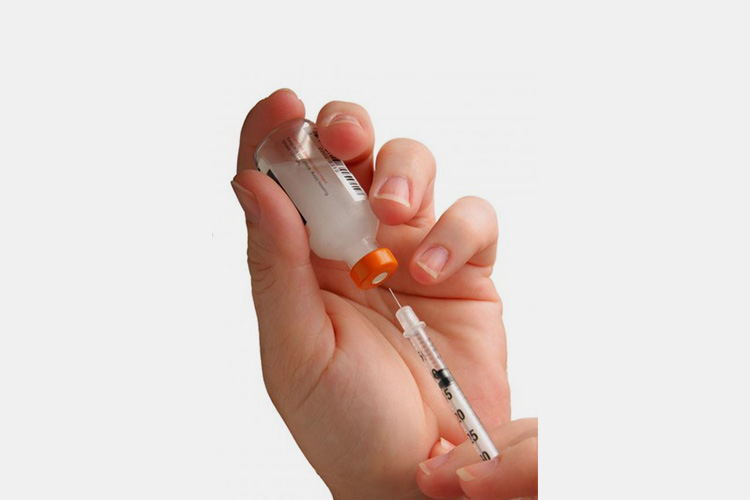
Inserting The Needle And Syringe Into The Antibiotic Vial - Sourced: Quizlet
Step 3: Turning the antibiotic vial upside down and extracting the predetermined amount of medication into the syringe. Making sure there are no bubbles in the syringe (you can slightly press the plunger, and when you see liquid being ejected from the needle, it means that the bubbles left in the syringe have been expelled.)
(Note: The skin between the scapula is the easiest place for the needle to be inserted. The skin does not need to be washed with alcohol before injection.)
Step 4: Holding the syringe in one hand with the needle facing outward, and gently lift a small piece of skin between the cat’s shoulder blades with the other hand, which is usually located at the bottom of the neck.
Step 5: After lifting this skin, it feels like a small tent has been set up by your hands, and you need to insert the needle into the center of this “tent”.
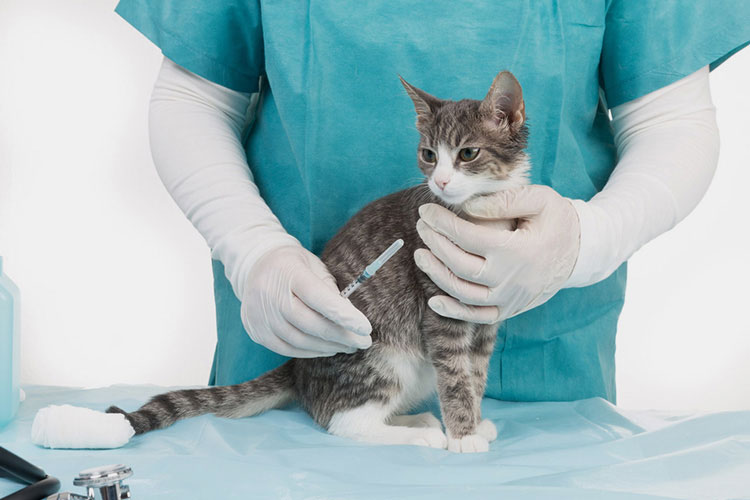
Give Antibiotic Injection for Cats - Sourced: Catster
Step 6: After inserting the needle into the skin, you need to pull the plunger of the syringe slightly outward, ensuring that no blood flows into the syringe. If you see blood flowing into the syringe, it means the needle has penetrated a blood vessel. In this case, you should immediately remove the needle and find another location in the skin.
Step 7: If no blood is found in the syringe, you can press the plunger down and inject the medication into the cat’s body.
Step 8: After injection, release its skin and make sure there is no liquid on its skin surface. If there is moisture on the skin, it means that you may have just inserted the needle too far, and the medication was not injected into its body, but went out from the other side of the skin.
If this happens, it is usually because the skin on your cat’s shoulders is too thin. In this case, you need to contact your veterinarian and ask him to tell you where else to inject
8.How Long Do Antibiotic Injection for Cats Take To Work?
You must want to know how long antibiotic injections take to take effect, so let’s learn together!
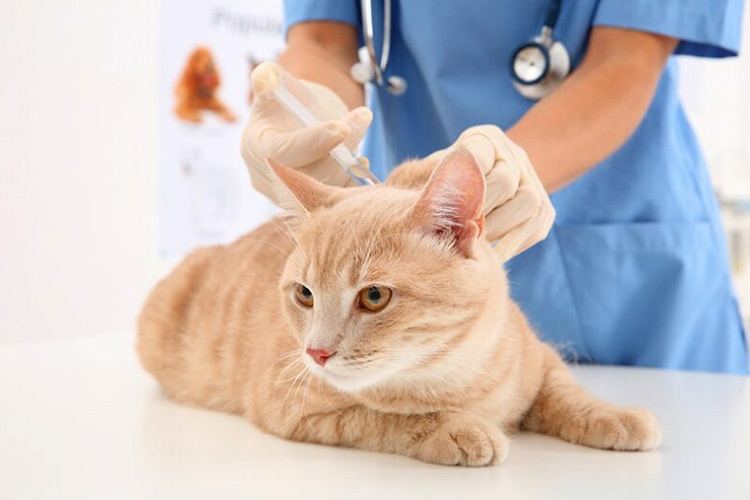
How Long Do Antibiotic Injection for Cats Take To Work - Sourced: Catster
Although most antibiotic injection for cats begin to take effect within 48 hours, it is crucial to complete the course of antibiotics once it is initiated, otherwise antibiotic resistance may develop.
Most treatment courses for antibiotic injection for cats last for 5-14 days. However, if your cat has a kidney infection (pyelonephritis), a longer treatment course lasting 4-8 weeks is required. Some UTIs require a longer treatment course of approximately four weeks.
If your cat has a poor response to antibiotics, please contact a veterinarian and discuss changing to other types.
9.Can Cats Be Injected With Antibiotics By You Own Without A Doctor?
Injecting a pet cat is usually done at a pet hospital, but many people also choose to inject their cat at home.

Taking Antibiotic Injection For Cats By Doctors - Sourced: GoodRx
We do not recommend owners to give their cats antibiotic injections at home. If they are affected by factors such as time and distance, they must give their cats injections themselves. So before giving injections to pet cats, breeders need to master the basic methods and knowledge of injections, and consult with veterinarians over the phone before proceeding.
Generally speaking, it is best for two people to cooperate when giving injections to cats. One person can stabilize the pet cat, while the other person can give the injections to the cat. You can choose between subcutaneous and intramuscular injection methods for injection, and it is generally believed that subcutaneous injection is safer.
The breeder picks up the skin on the neck of the cat and lifts it up and down before hitting it to prevent the cat from getting too nervous and unable to penetrate; Then disinfect the skin with alcohol first, then tie the needle and lifted skin at a 45 degree angle, inject the medicine, remove the needle, and hold the injection site with an alcohol swab for a few seconds.
However, intramuscular injections are often chosen in areas with abundant muscles but sparse blood vessels and nerves, such as the buttocks, thighs, neck, or back.
10.What Is the Standard Dose of Antibiotic Injection for Cats?
When using any medication for cats, especially antibiotics, the dosage should be strictly determined based on the cat’s weight.
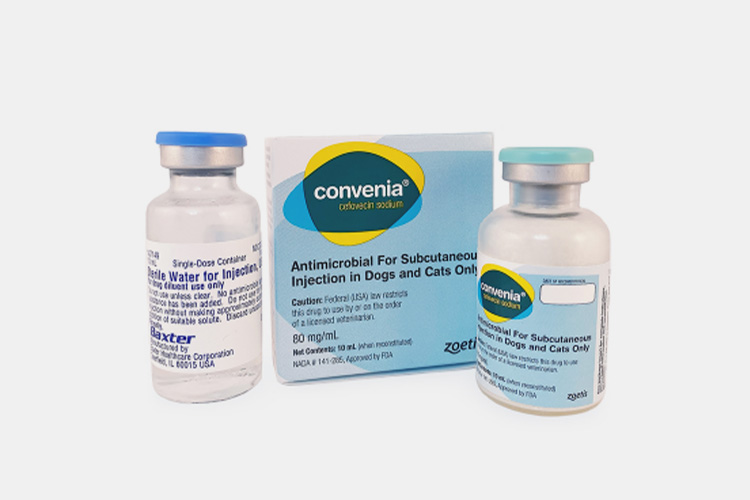
Standard Dose of Antibiotic Injection for Cats - Sourced: Zoetis
The following are some common antibiotic dosage references, and the specific dosage may be adjusted according to the condition and doctor’s experience:
Amoxicillin: 10ml/kg, once every 12 hours (e.g. 8am, 8pm)
Clindamycin: 5-11ml/kg, once every 12 hours
Cefuroxime: 22ml/kg, once every 12 hours
Enrofloxacin: 5ml/kg, once every 24 hours
Metronidazole: 10ml/kg, once every 12 hours
Gentamicin: 5-11ml/kg, once every 12 hours
Doxycycline: 5-10ml/kg, once every 12 hours
Azithromycin: 5-10ml/kg, once every 24 hours
Itraconazole: 5ml/kg, once every 24 hours
11.Does Antibiotic Injection for Cats Interact with Any Other Cat Medications?
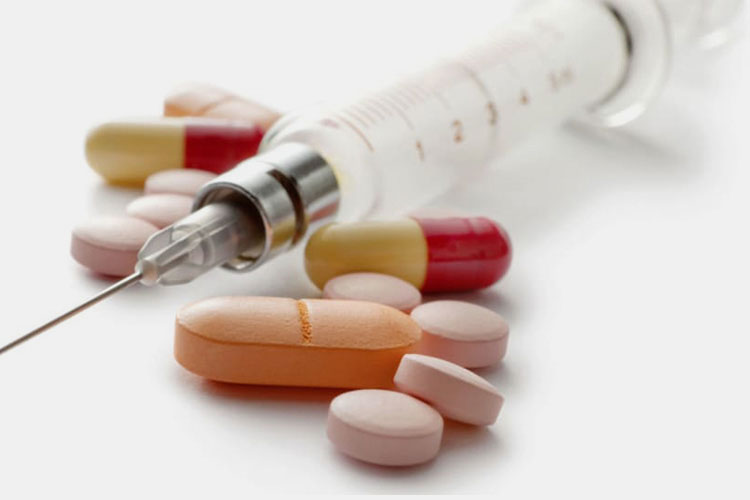
Antibiotic Injection and Other Medicine - Sourced: The Jerusalem Post
Antibiotic injection for cats should generally not be taken together with other medications to avoid adverse drug reactions. Antibiotics refer to a class of secondary metabolites produced by microorganisms or higher animals and plants in their daily lives, which have anti pathogenic or other activities and can interfere with the development and function of other living cells.
When using antibiotics, it is recommended to use them under the guidance of a doctor and avoid self use to avoid physical discomfort. If cats experience discomfort during antibiotic injections, it is recommended to seek medical treatment promptly.
12.Can Cats Take Human Antibiotic Injection?
When a cat is sick, many cat owners may think of using antibiotics used by humans to treat it. But is it really appropriate to do so? The answer is not necessarily.
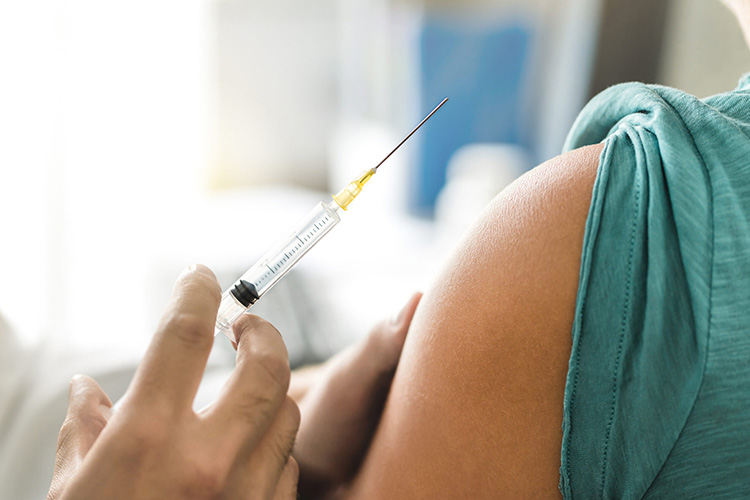
Can Cats Take Human Antibiotic Injection - Sourced: Stanford’ SCOPE
There are significant differences in composition, purity, and structure between antibiotics used by humans and those used by cats, which directly affects the absorption rate, efficacy, toxicity, and side effects of cats. So, although it can be used temporarily for emergency purposes in some situations, in the long run, antibiotics specifically designed for cats should still be chosen.
There may be differences in the metabolic mechanisms between human drugs and cats, and improper use may lead to poor efficacy or even toxic reactions.
13.Do Antibiotic Injection for Cats Require a Prescription?
The answer to this question is that a prescription is needed.
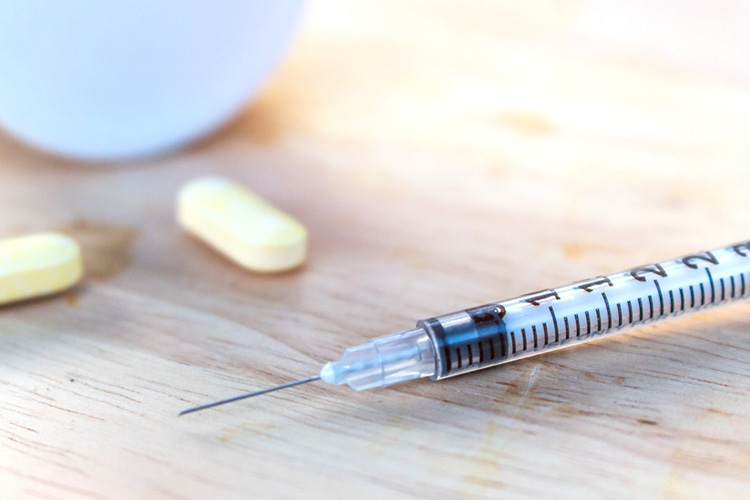
Prescription Antibiotic Injection for Cats - Sourced: Weill Cornell Medicine
Many antibiotic injection for cats, such as doxycycline and other veterinary antibiotics, can usually be obtained from pet hospitals, purchased on demand after being prescribed by veterinarians, and used correctly under guidance.
Cats mainly use antibiotics to treat infectious pathogens. However, due to the increasing prevalence of multidrug-resistant bacterial infections in companion animals and concerns about overuse and misuse of antibiotics, antibiotic prescriptions must be carefully selected and used.
14.How to Store Antibiotic Injection for Cats?
Antibiotic injection for cats require strict quality control of the product, so attention should be paid to storage conditions to avoid affecting the efficacy.
Storage environment

Storage Environment - Sourced: WEI Companies
The storage of antibiotic injection for cats is generally required to be kept in a refrigerated place or at room temperature, in a refrigerator (0-2 °C), or in a refrigerated room (below 4 °C). It should be stored at -20 °C, with a shelf life of no more than 24 hours. If it exceeds 24 hours, it is recommended not to use it, as antibiotic injection drugs are susceptible to moisture or sunlight exposure and lose their activity;
Storage method
Unopened antibiotic injection drugs should be stored in the refrigerator (below 2 °C), with a shelf life of no more than 72 hours. If it exceeds 72 hours, it is recommended not to use it because the properties of the drug may change at this time, and the efficacy may weaken or disappear;
Storage time

Storage Time - Sourced: Youtube
Different types of antibiotic injection for cats have different storage times. Cefoperazone sodium and sulbactam sodium for injection generally have better efficacy when used within 24 hours. The storage time of cefuroxime sodium is relatively long, usually 7-8 hours. Penicillins, macrolides, and other antibiotics usually have better efficacy when used within 24 hours.
Conclusion
Cats have become beloved pets for human, and injecting antibiotics into them can reduce inflammation and treat their illnesses. When using cat antibiotics, please follow the doctor’s advice and do not operate them casually. After reading this article, you must have gained some understanding of antibiotic injection for cats production. If you have any further questions, please feel free to contact AIPAK Engineering at any time.
Don't forget to share this post!
CONTACT US
Tell us your raw material and project budget to get quotations within 24 hours.
WhatsApp Us: +86 181 7101 8586
 Tell us your material or budget, we'll reply you ASAP within 24 hours
Tell us your material or budget, we'll reply you ASAP within 24 hours

